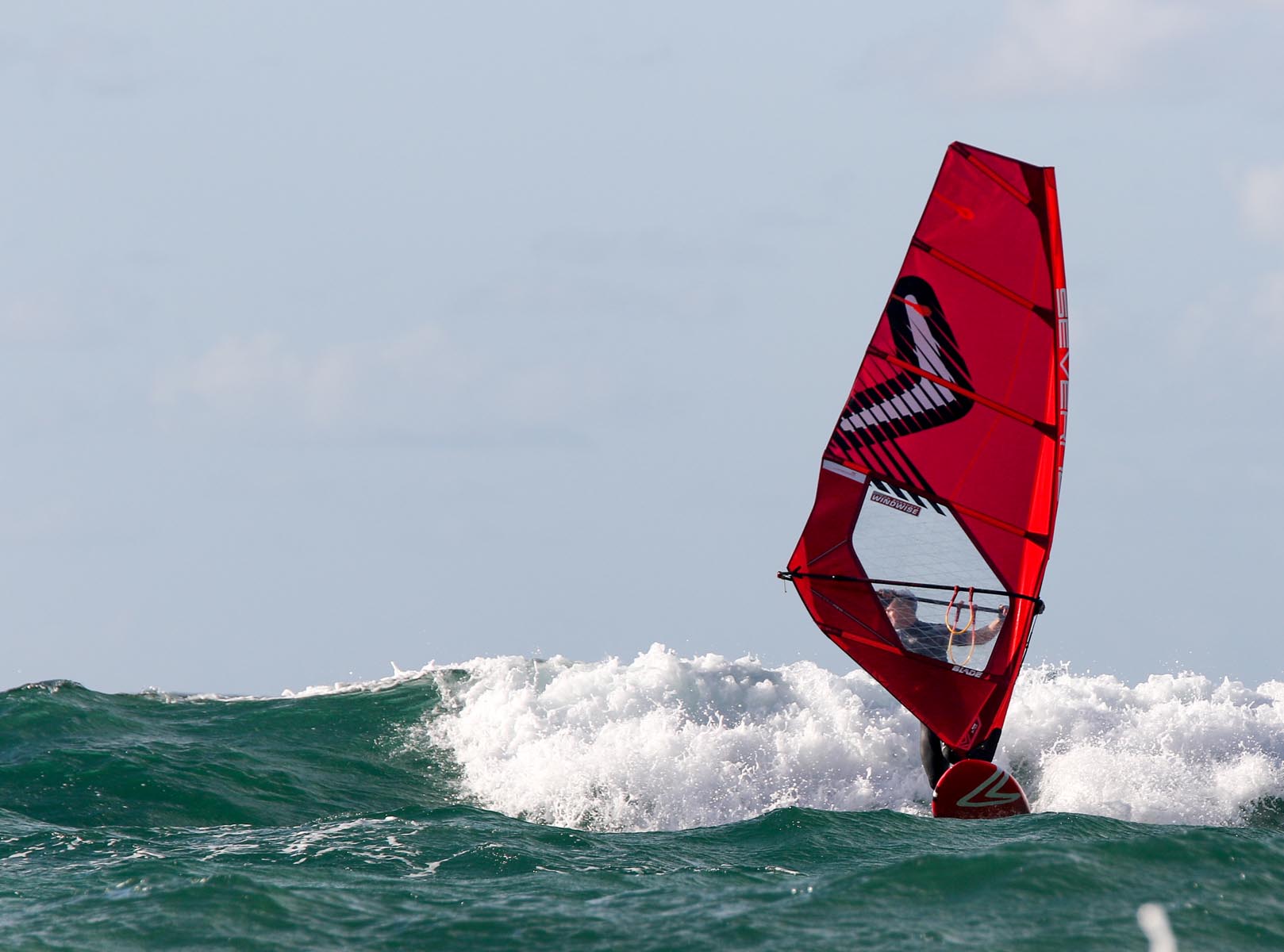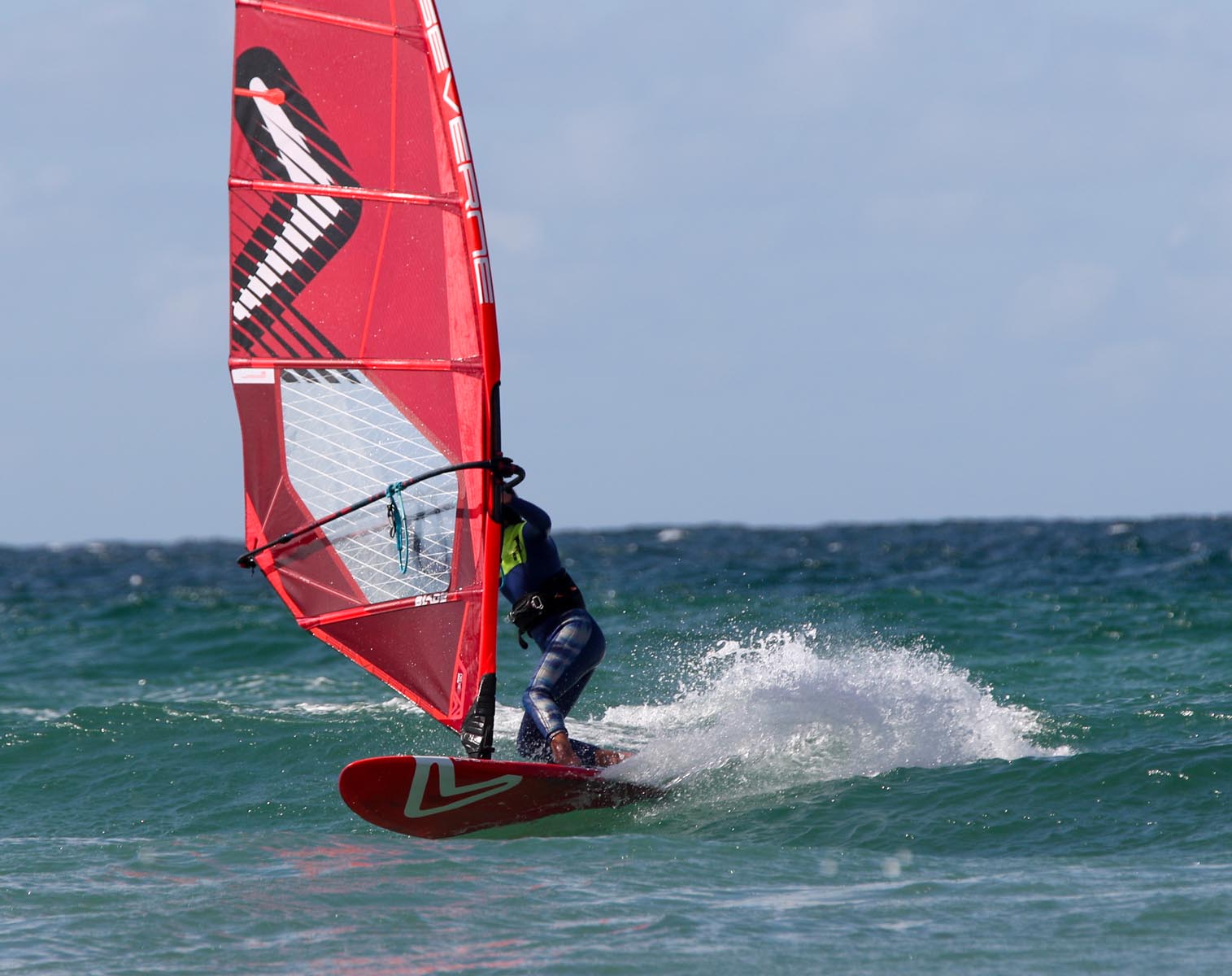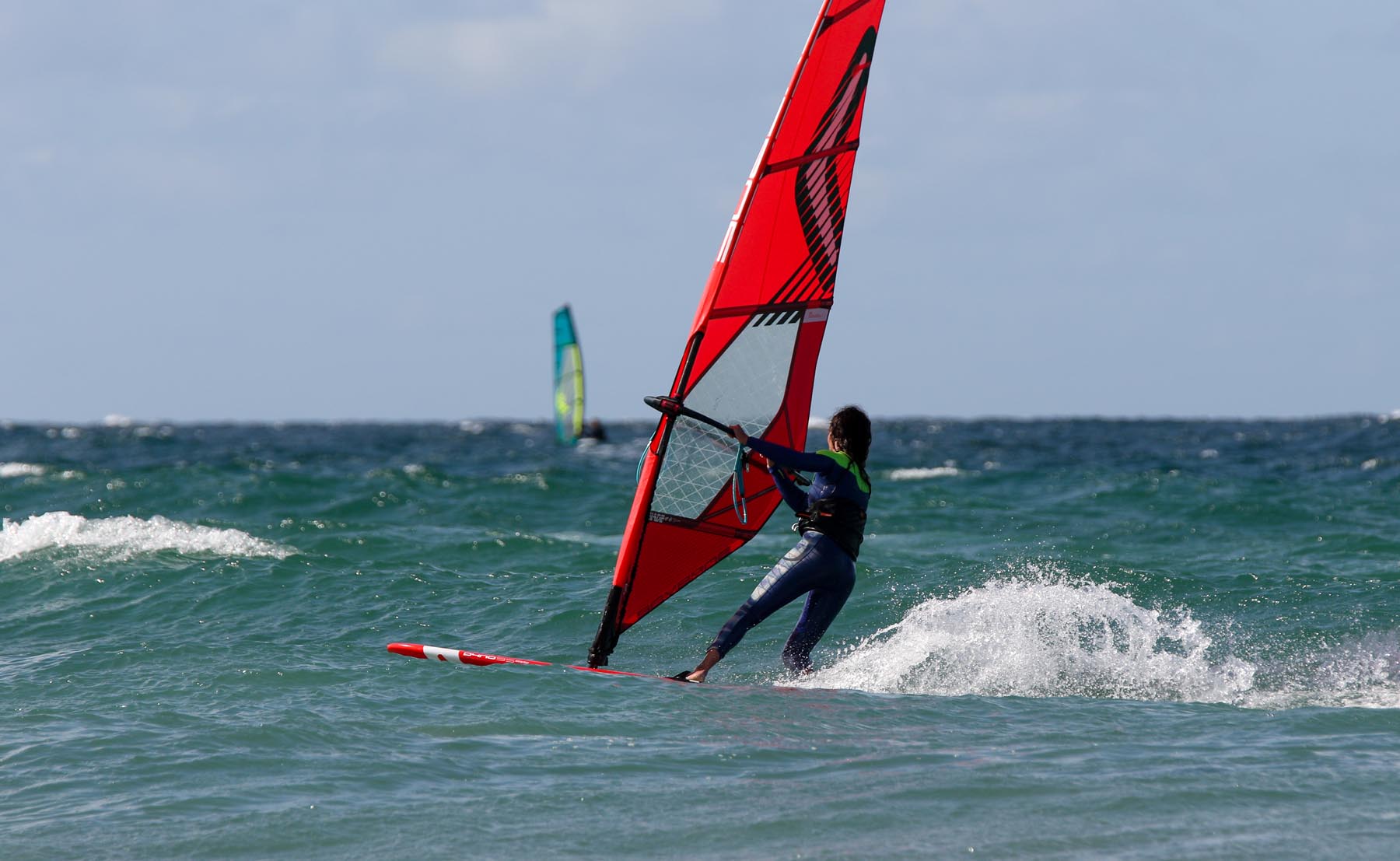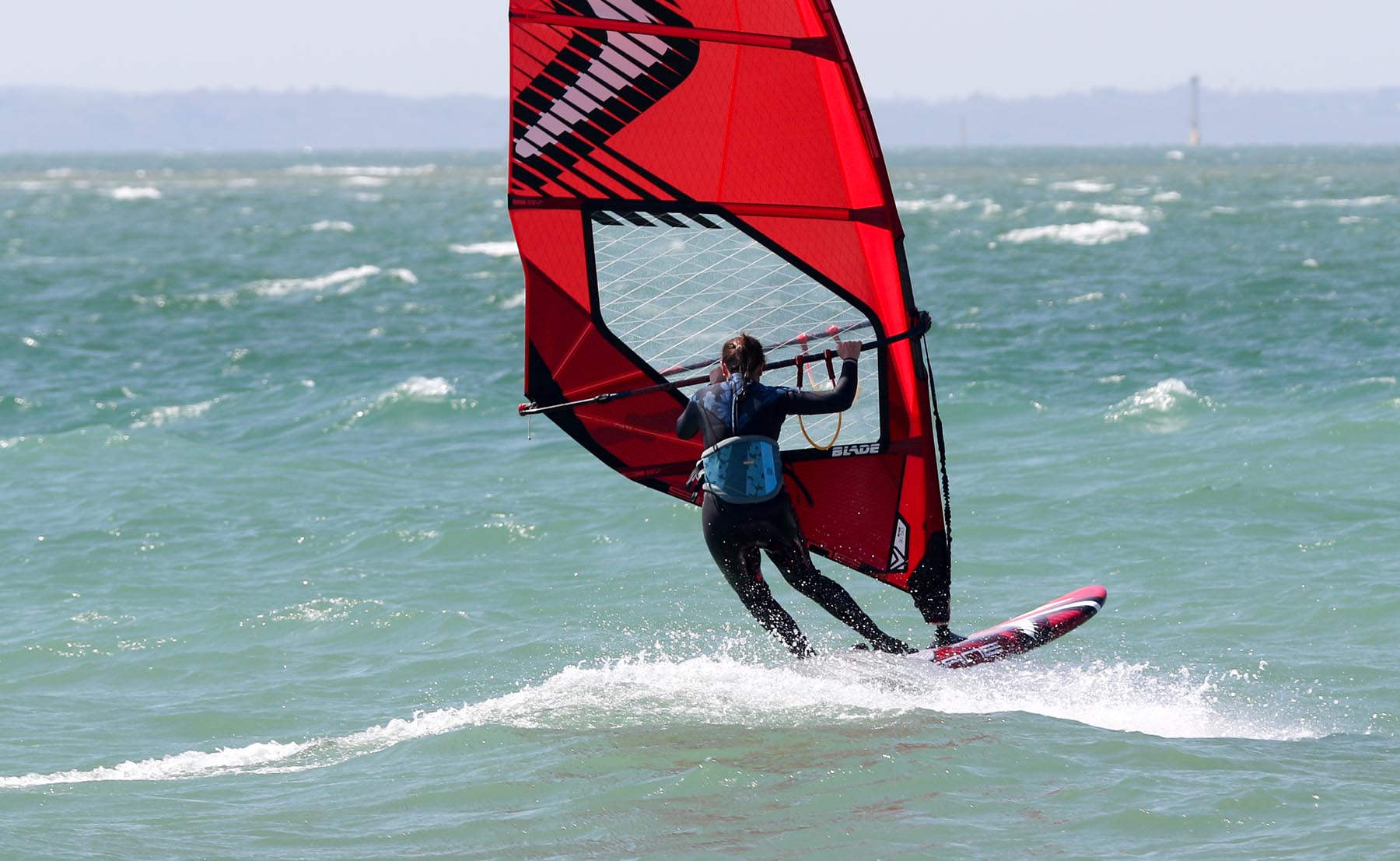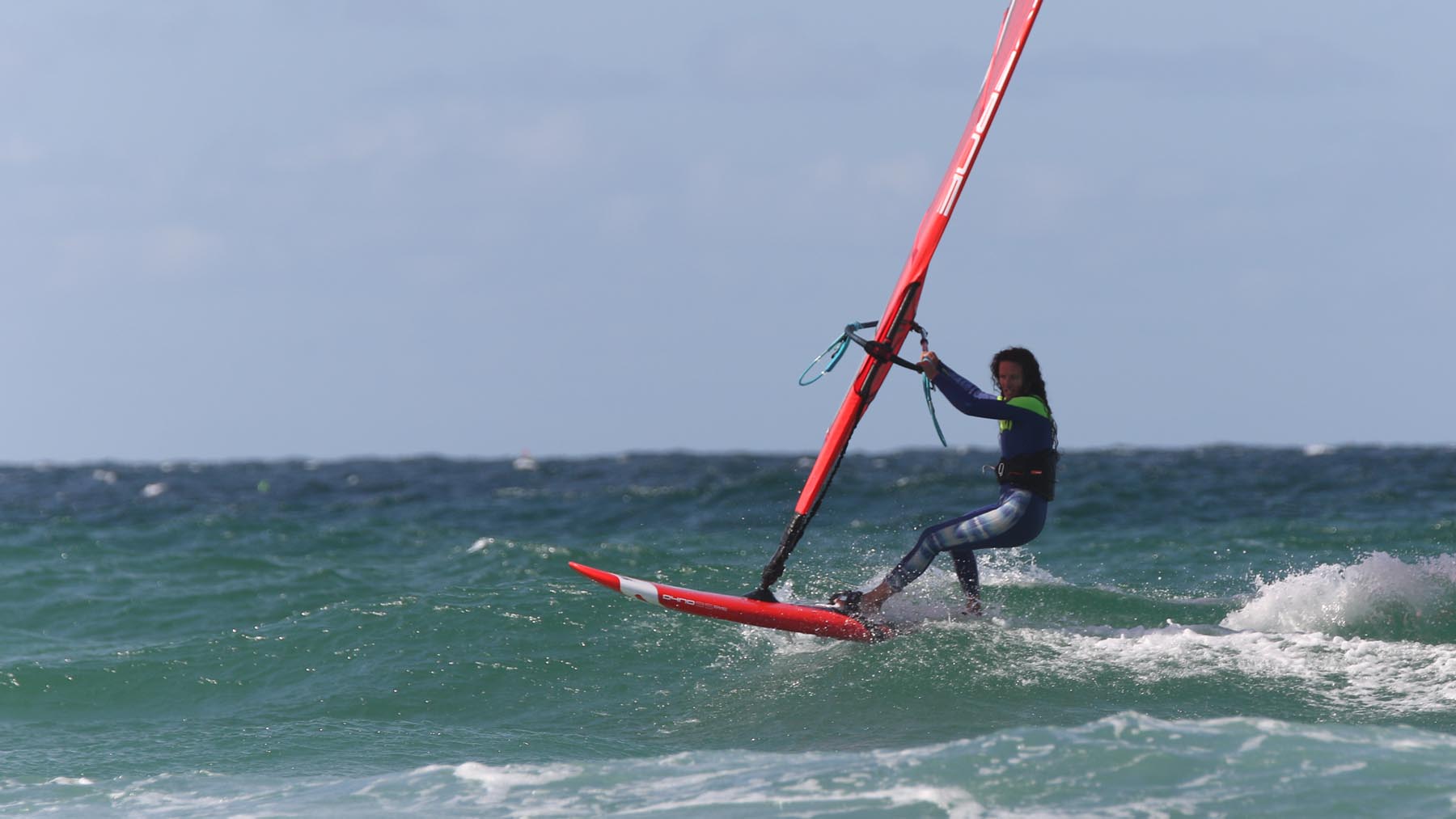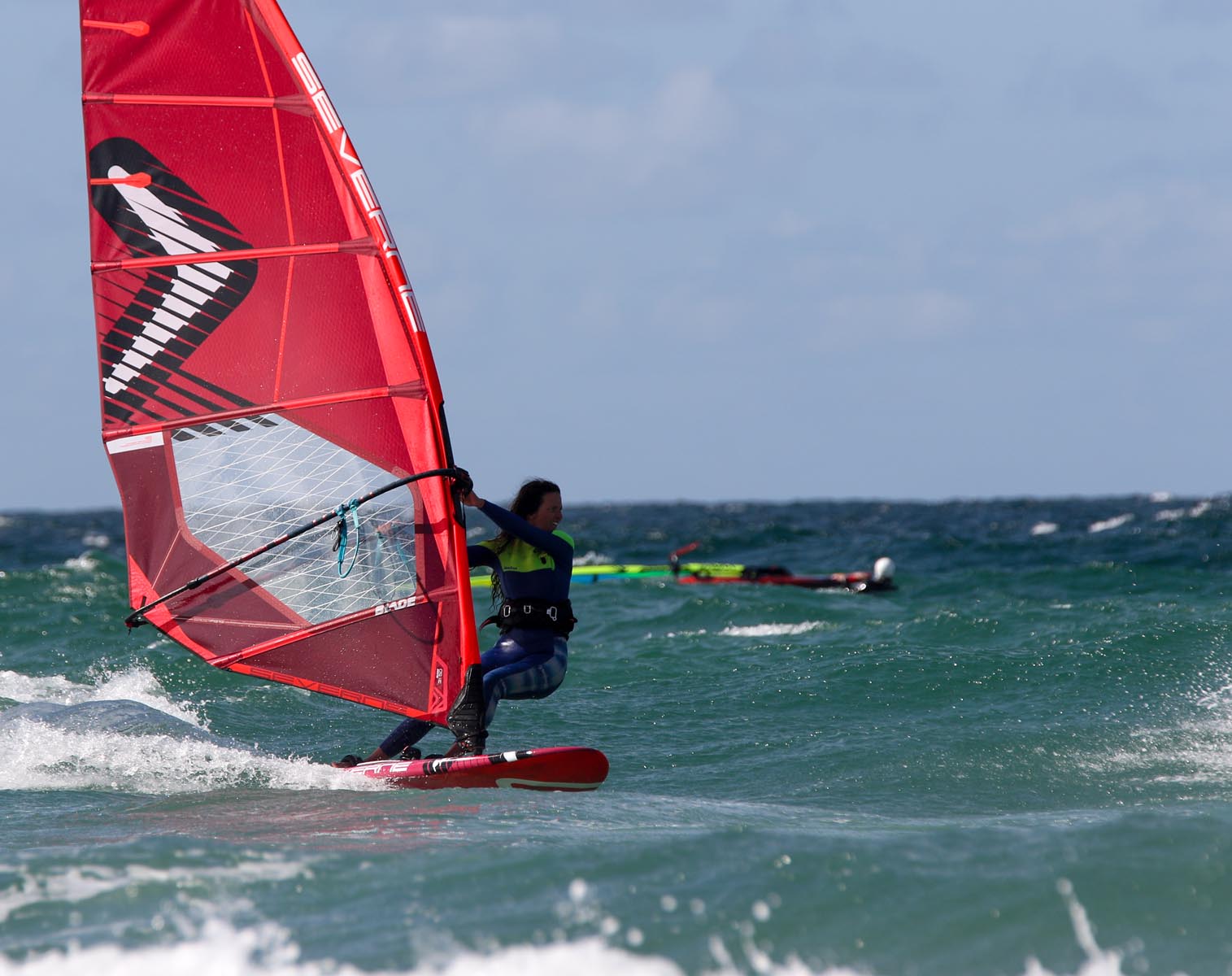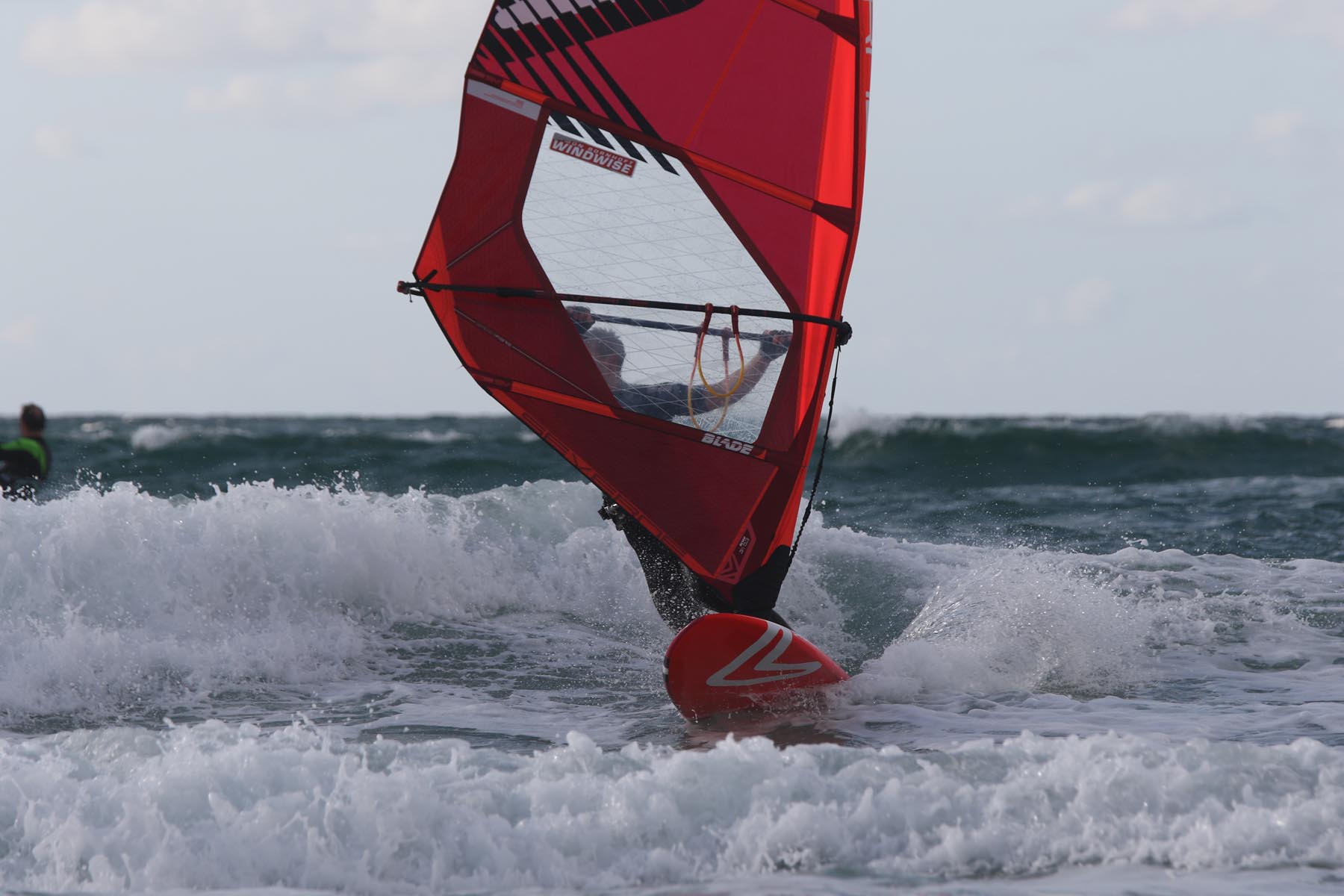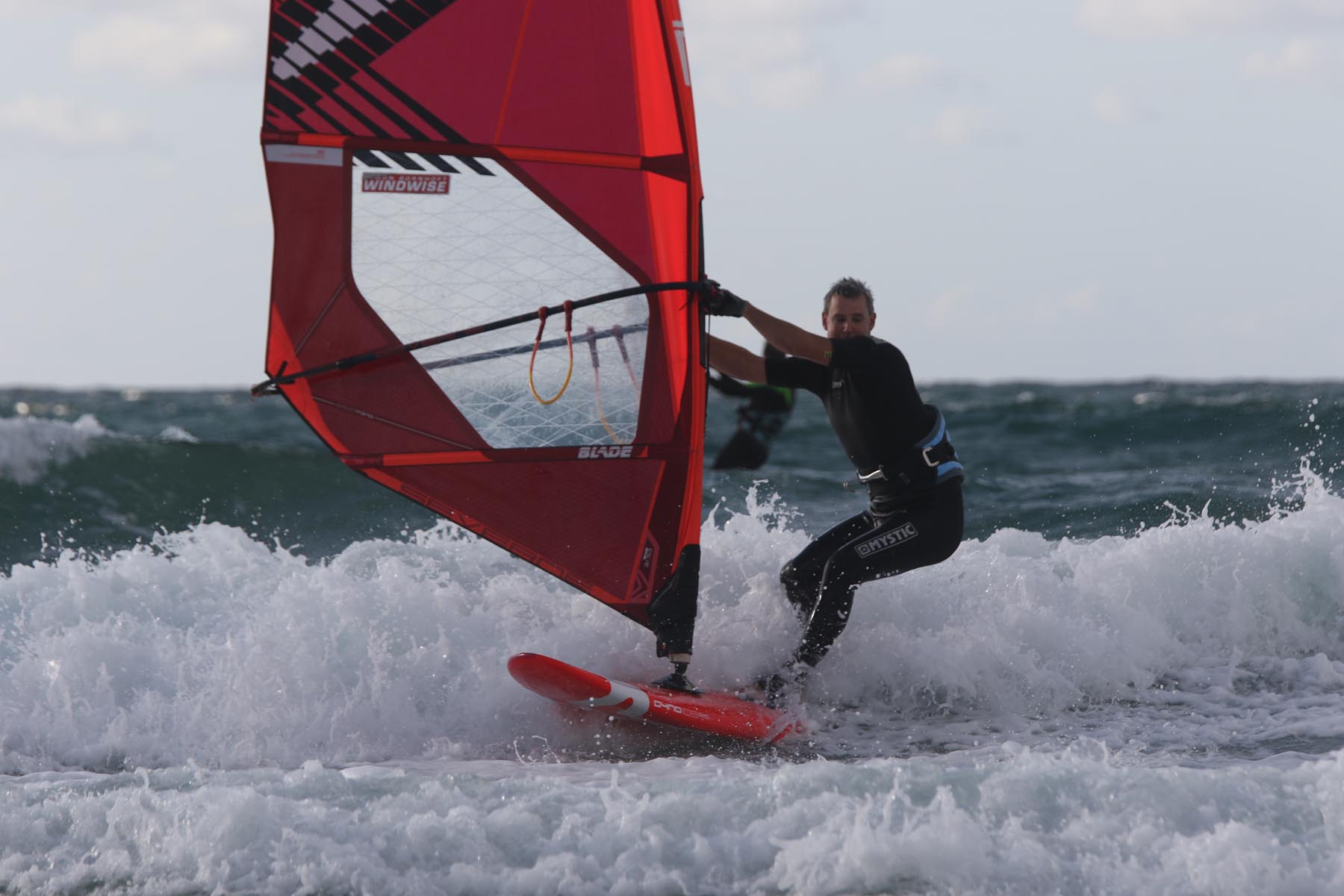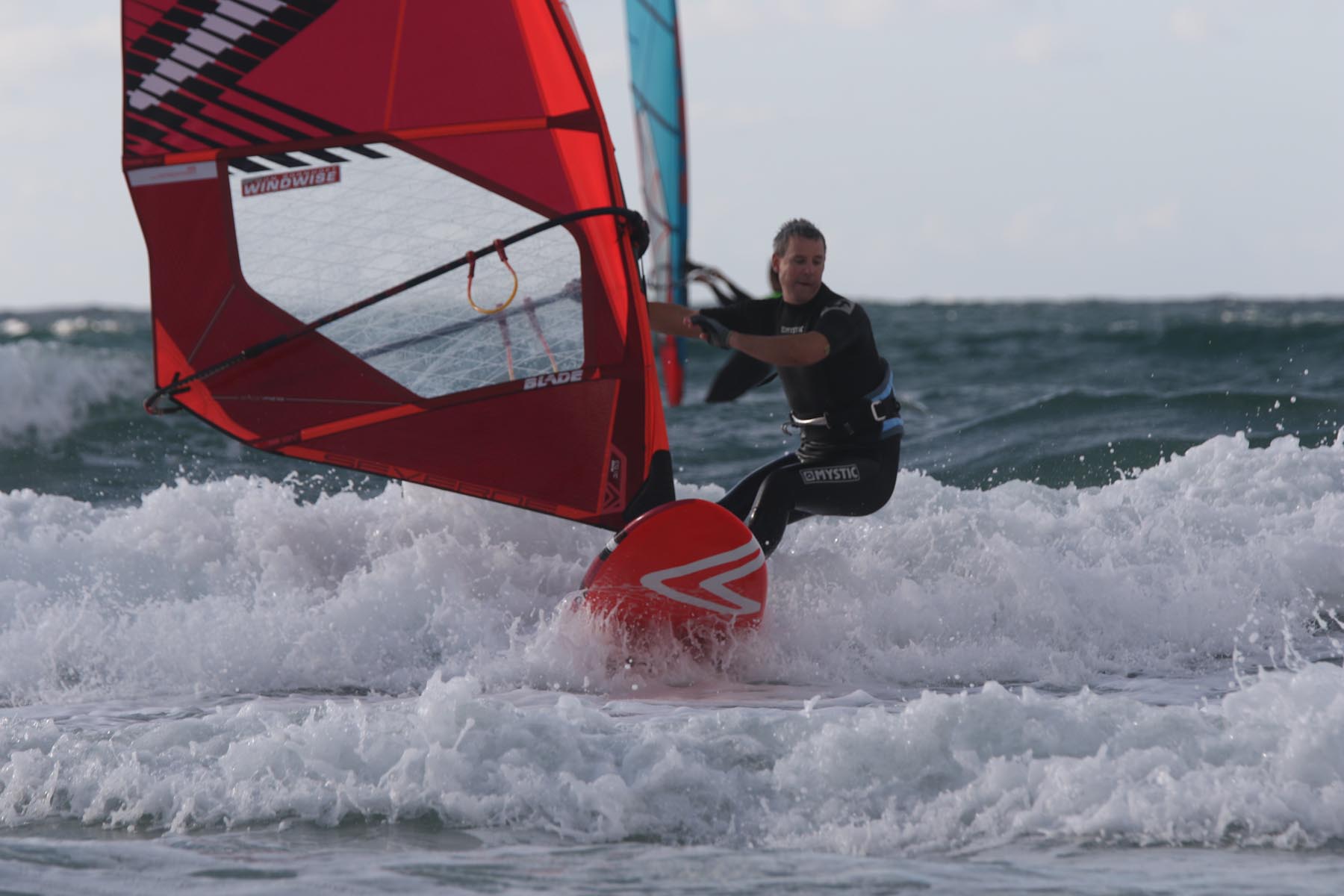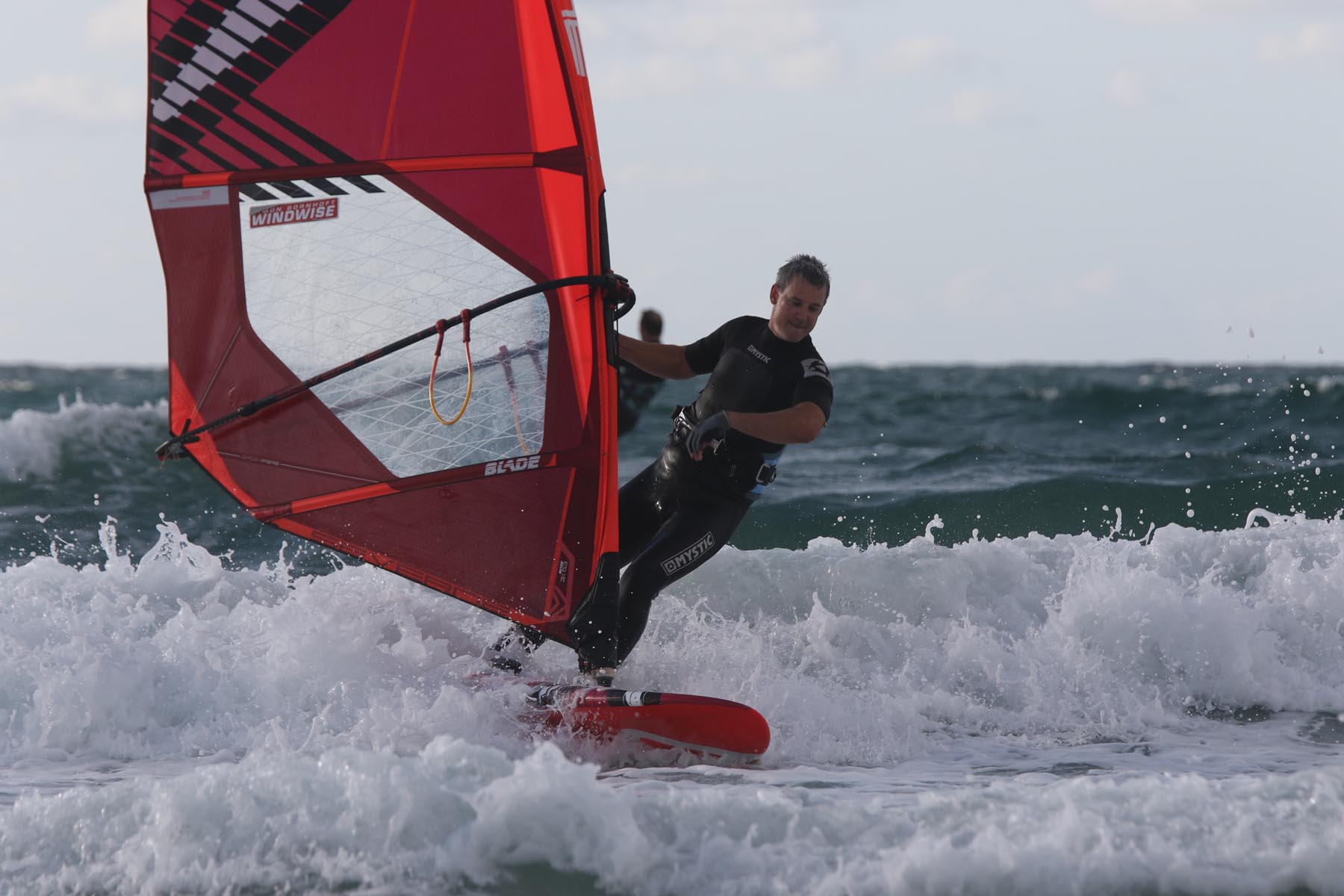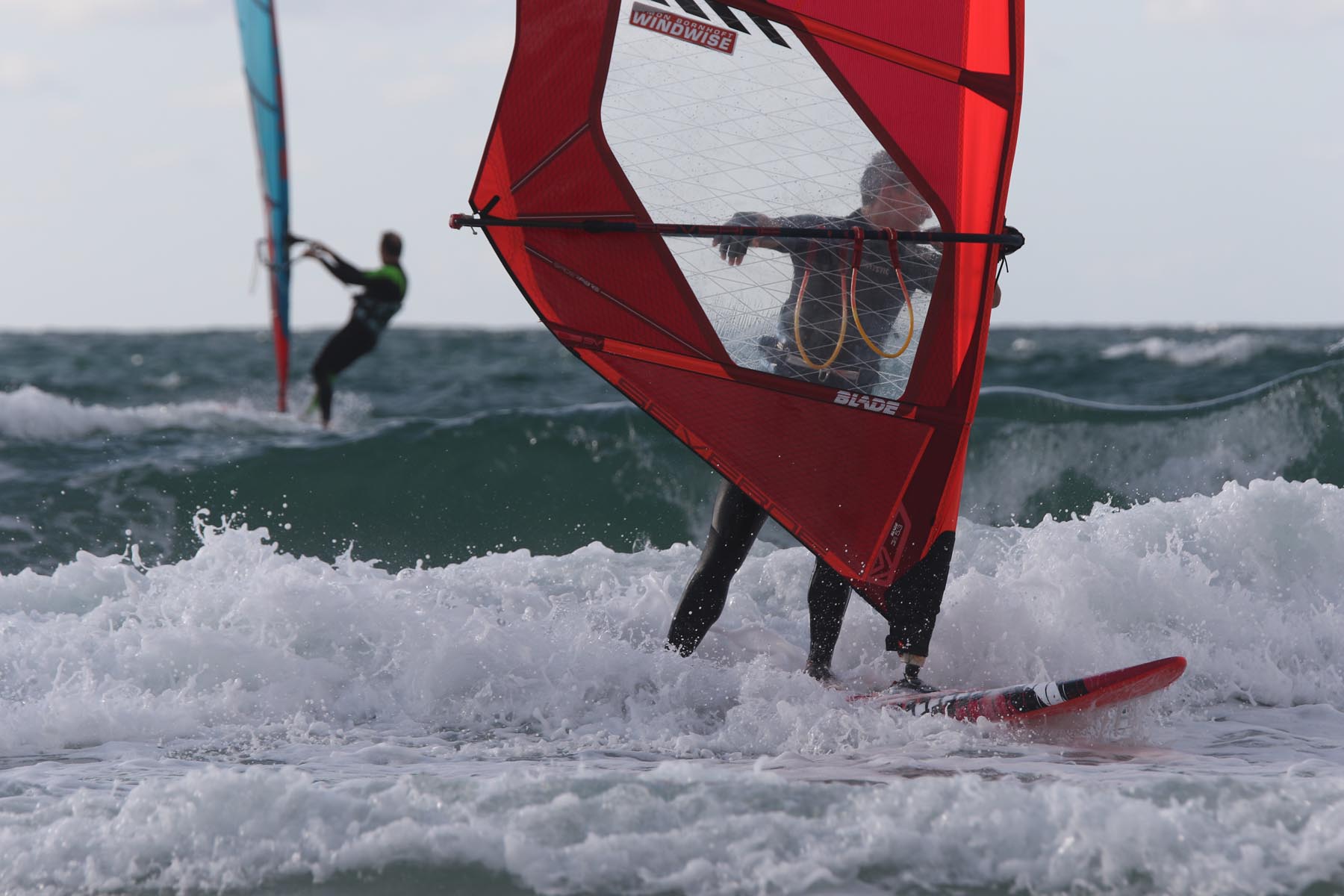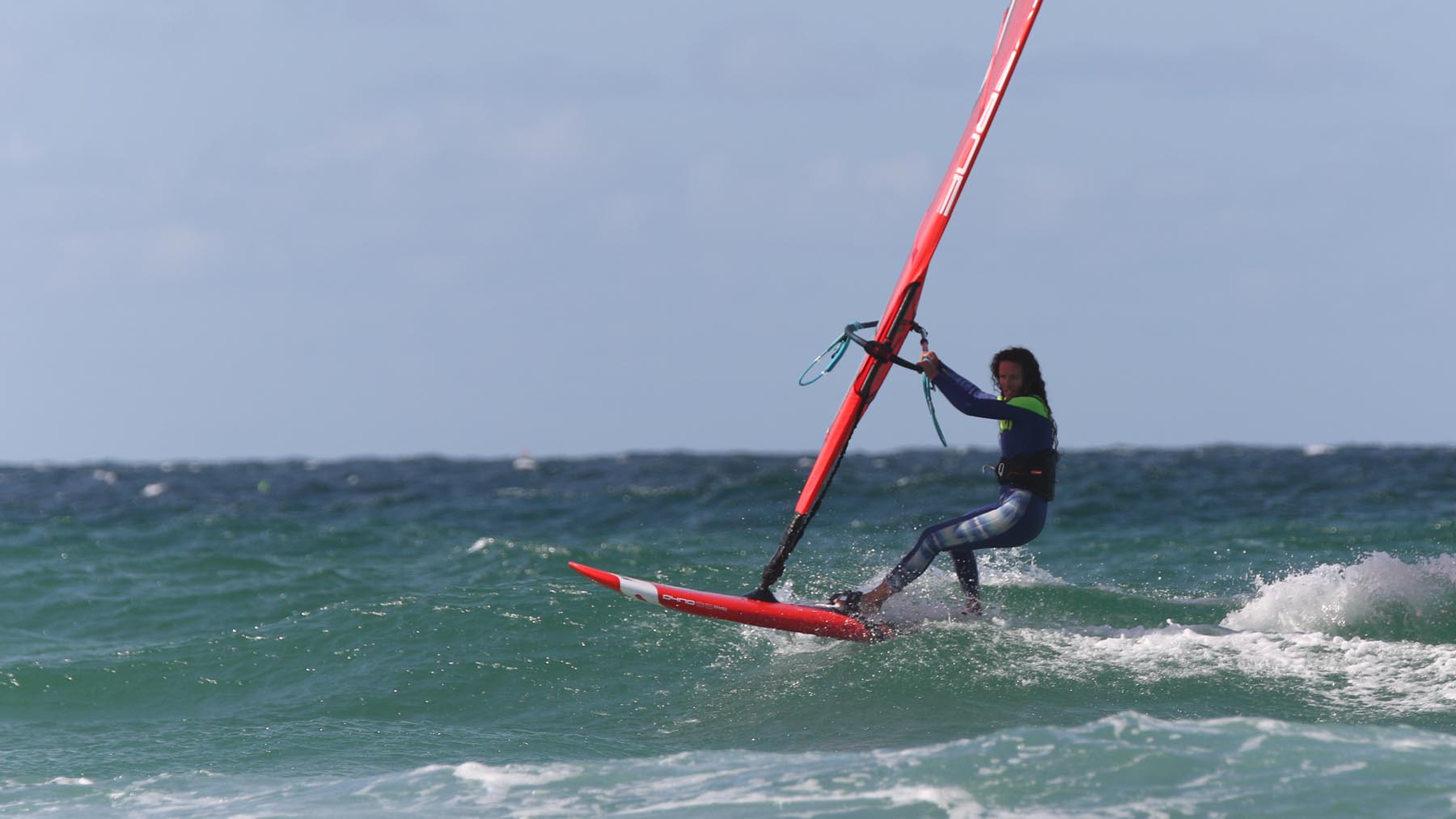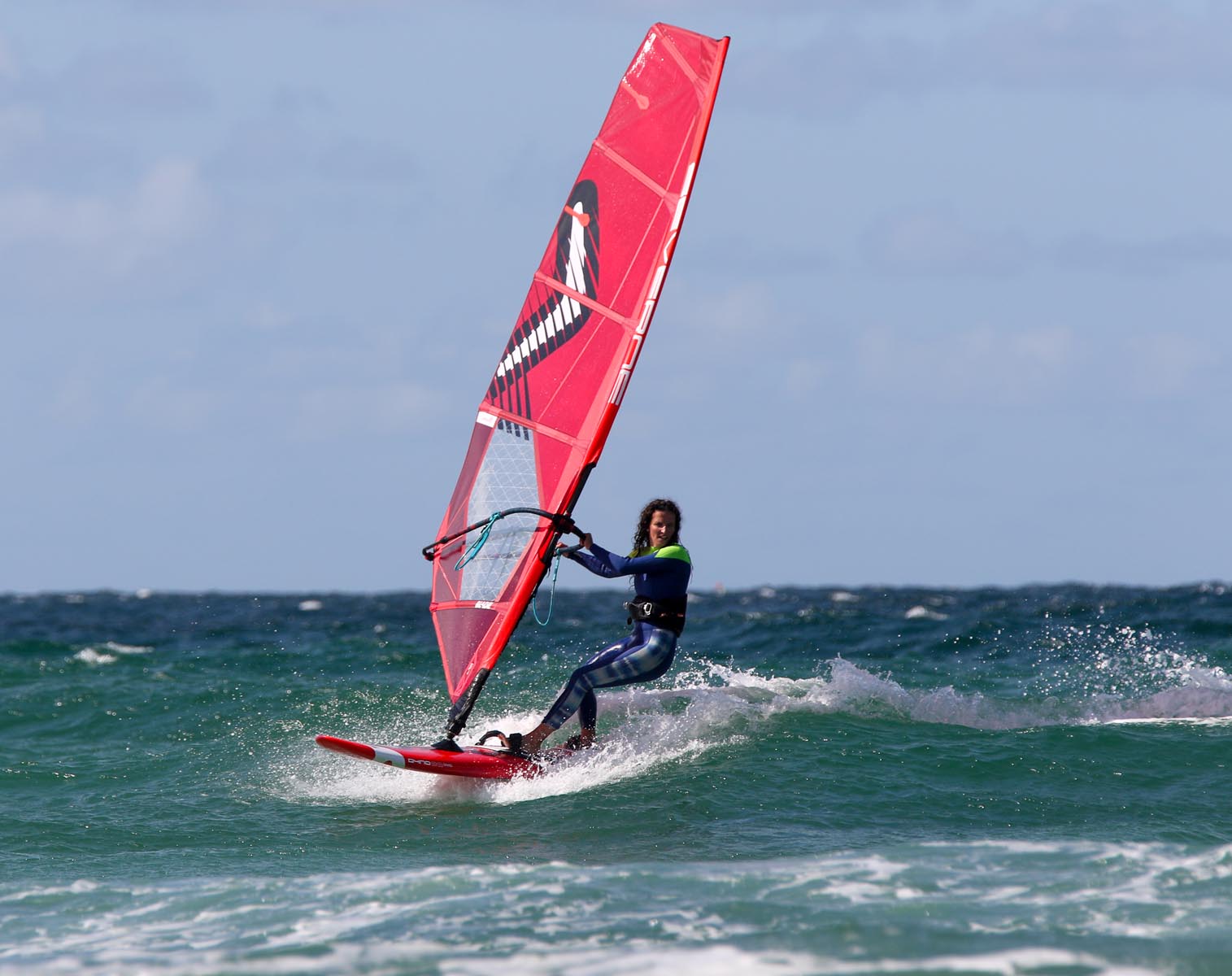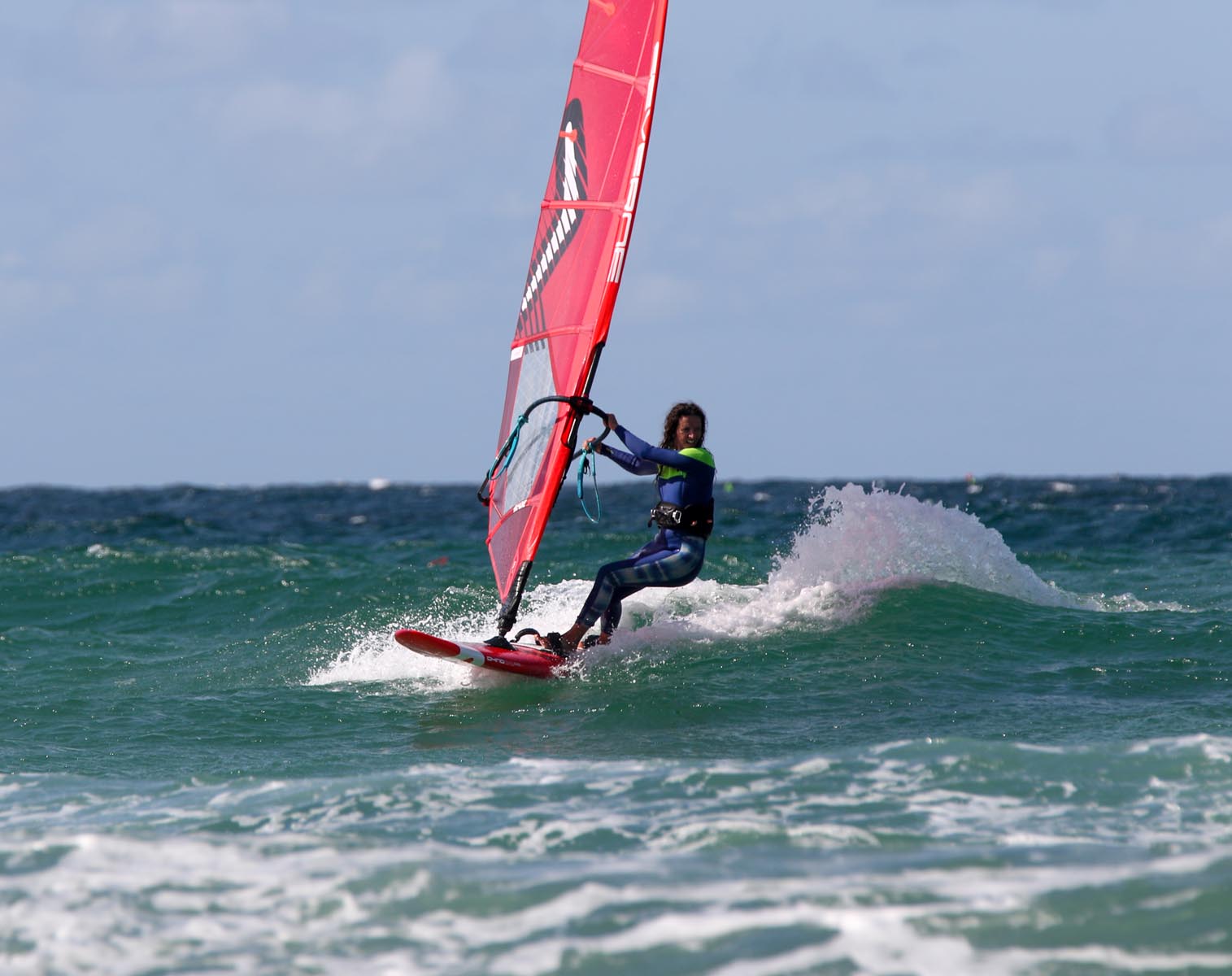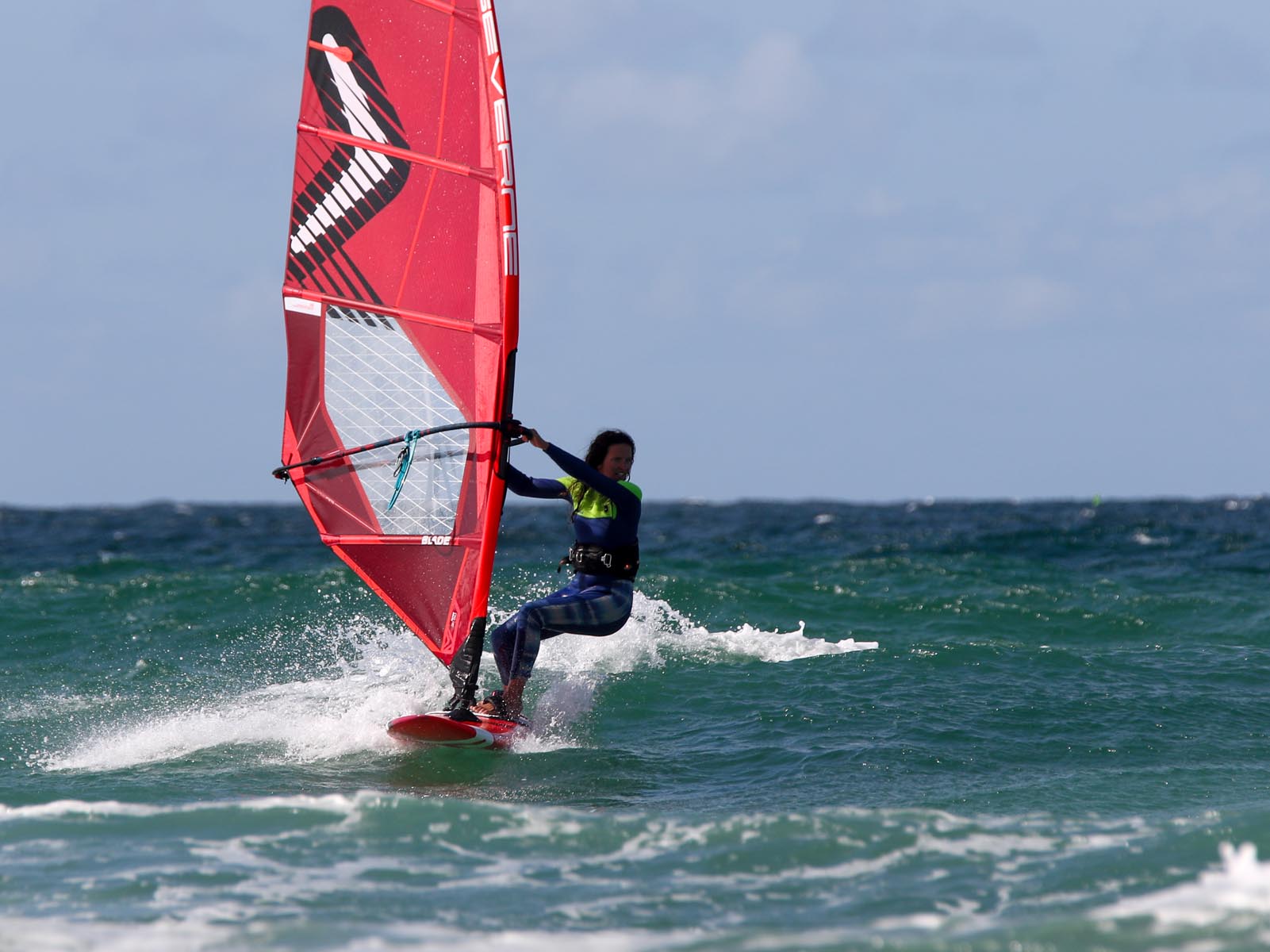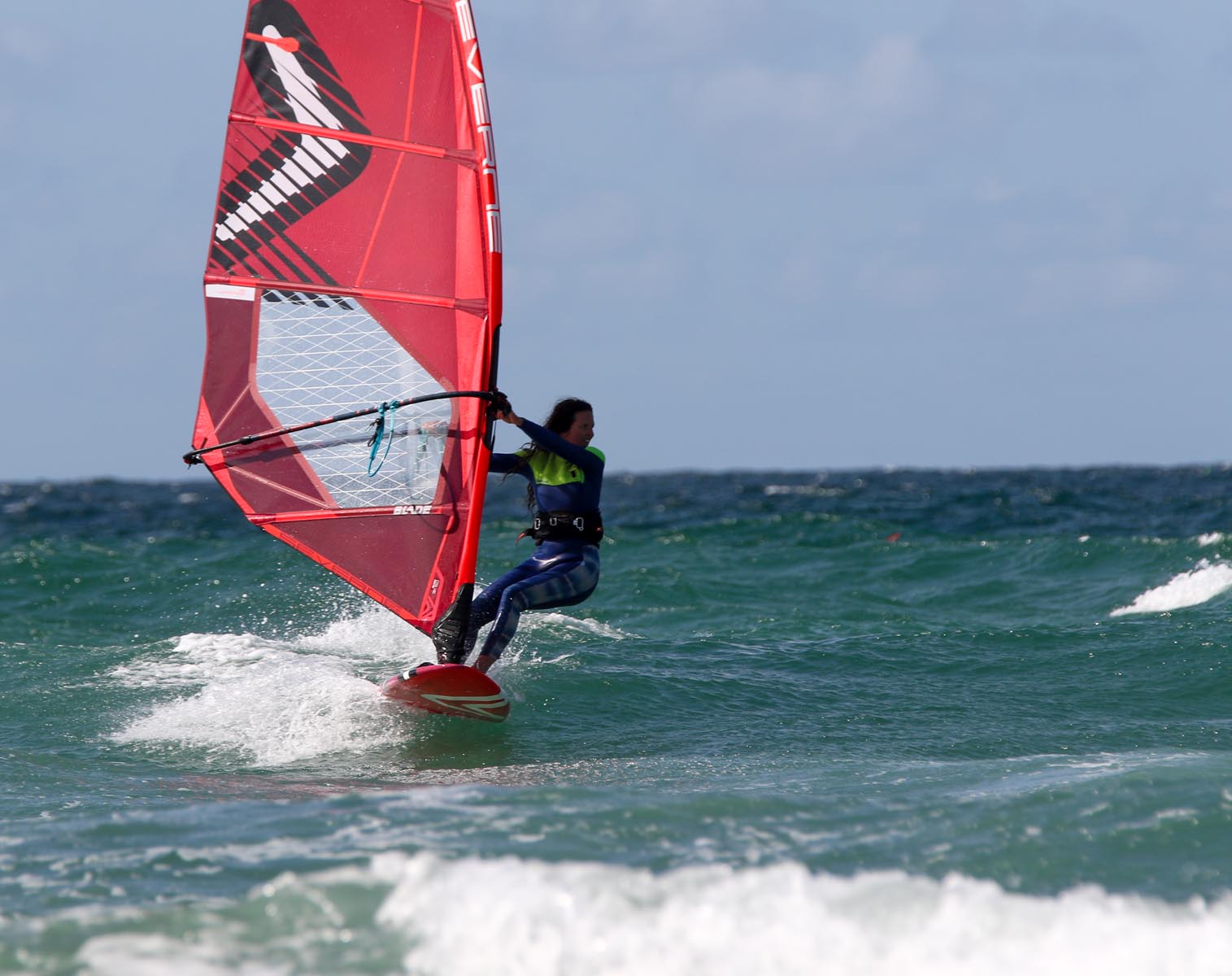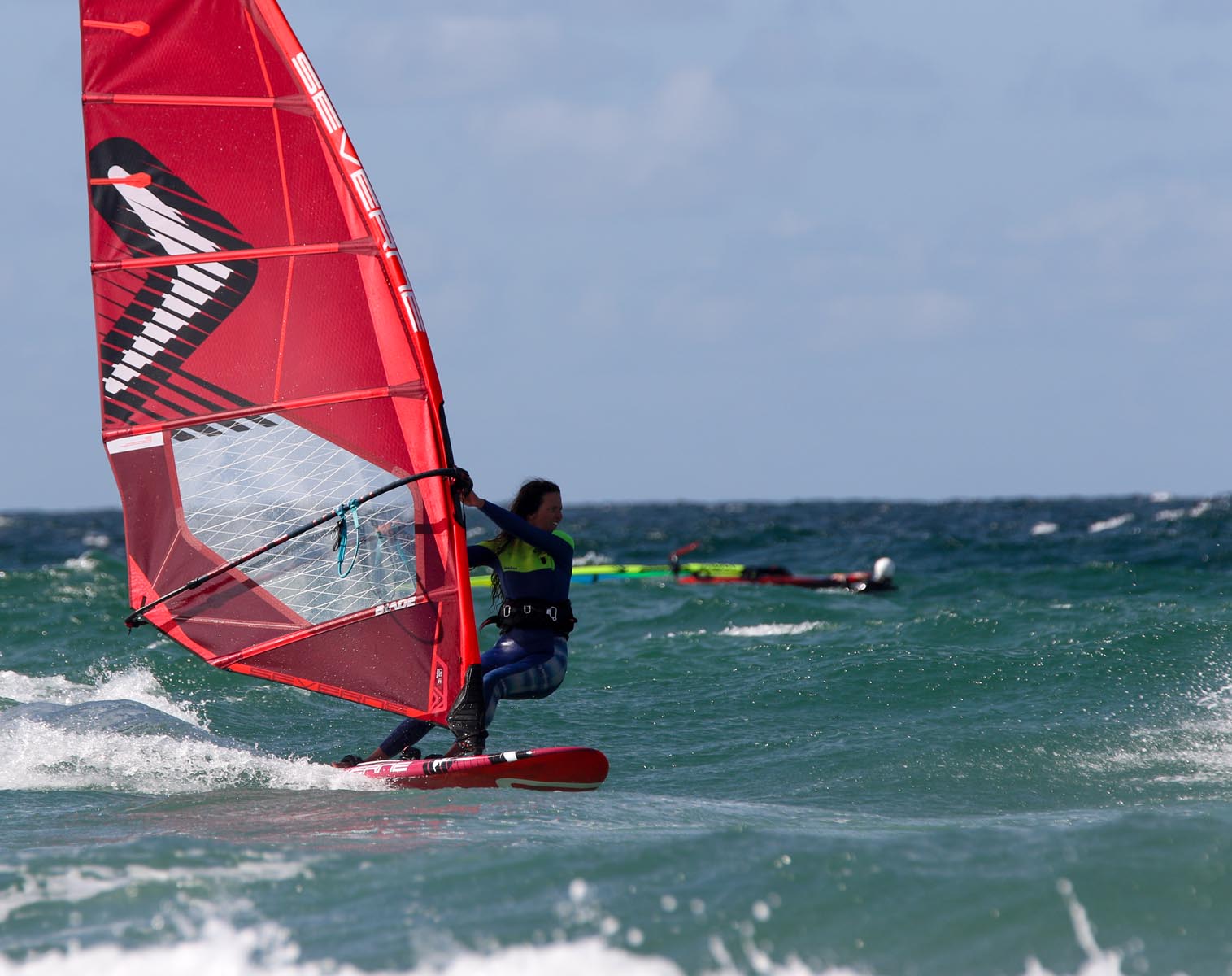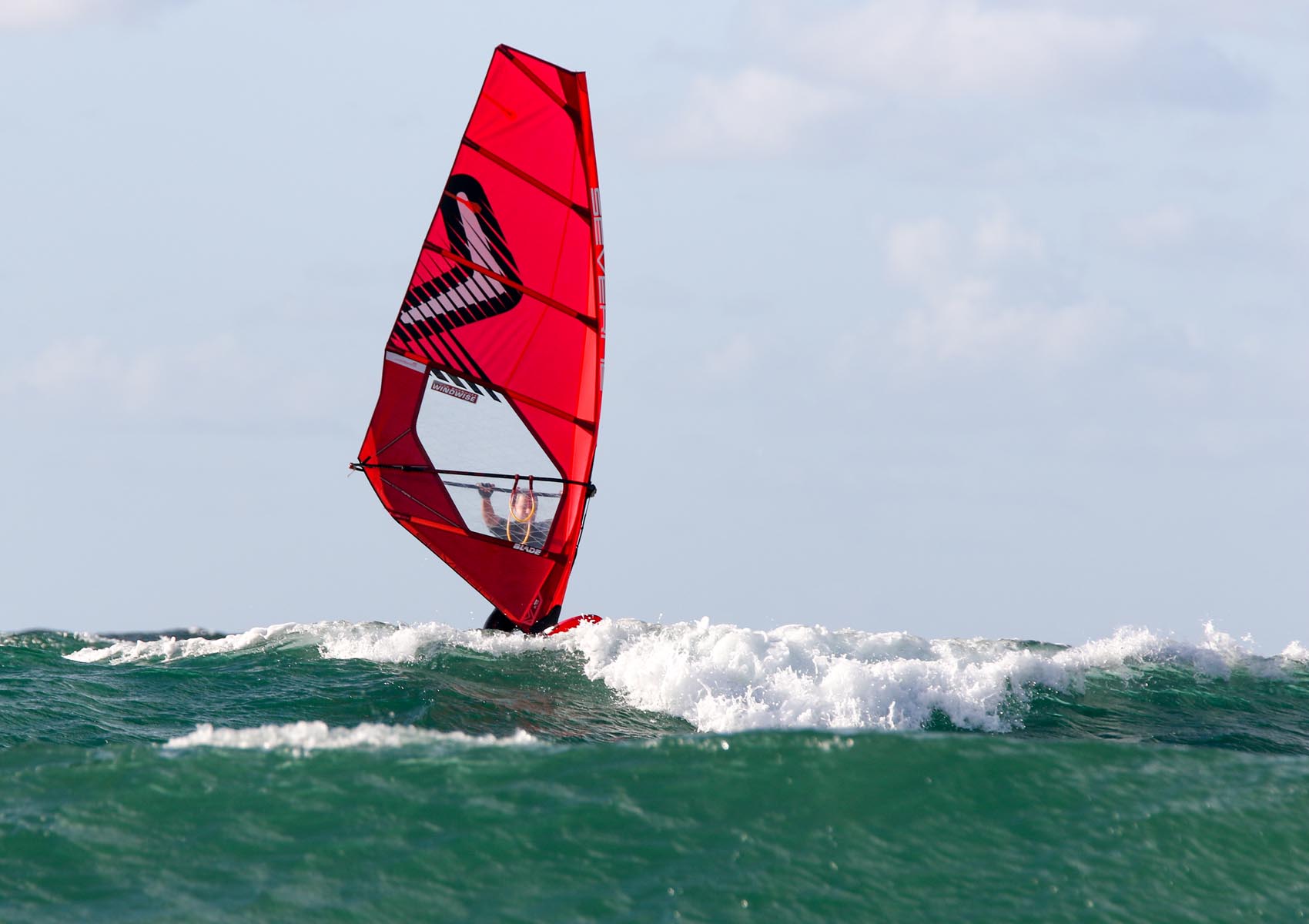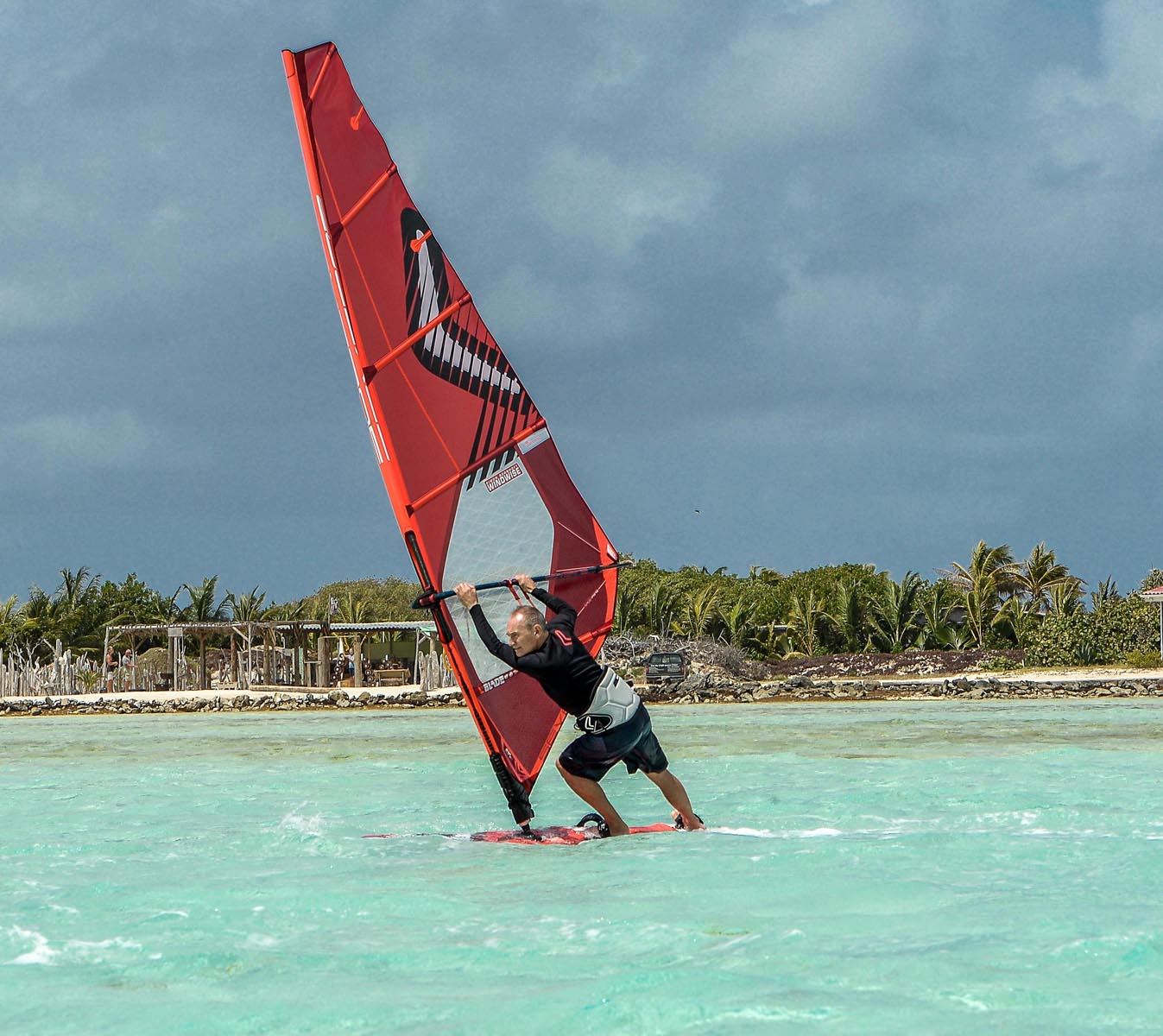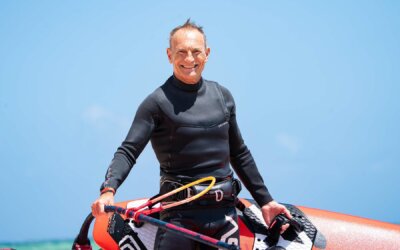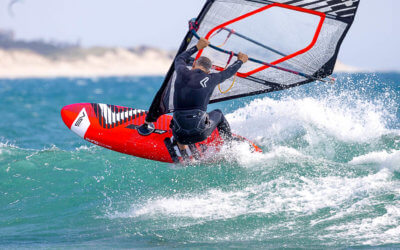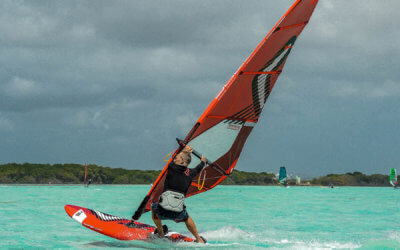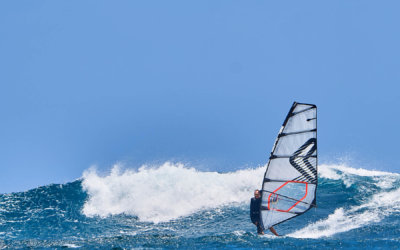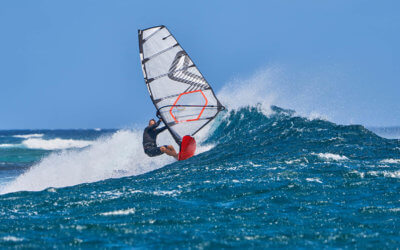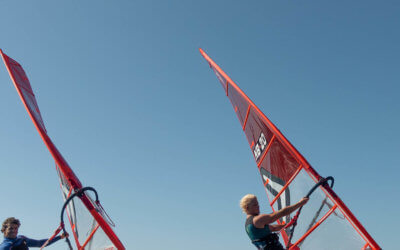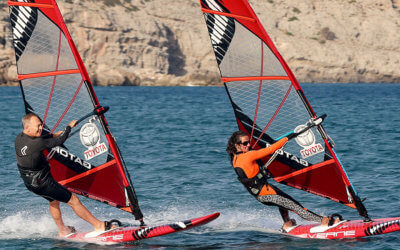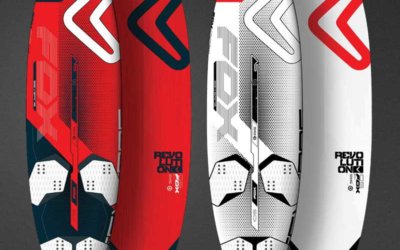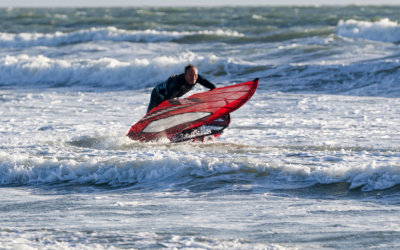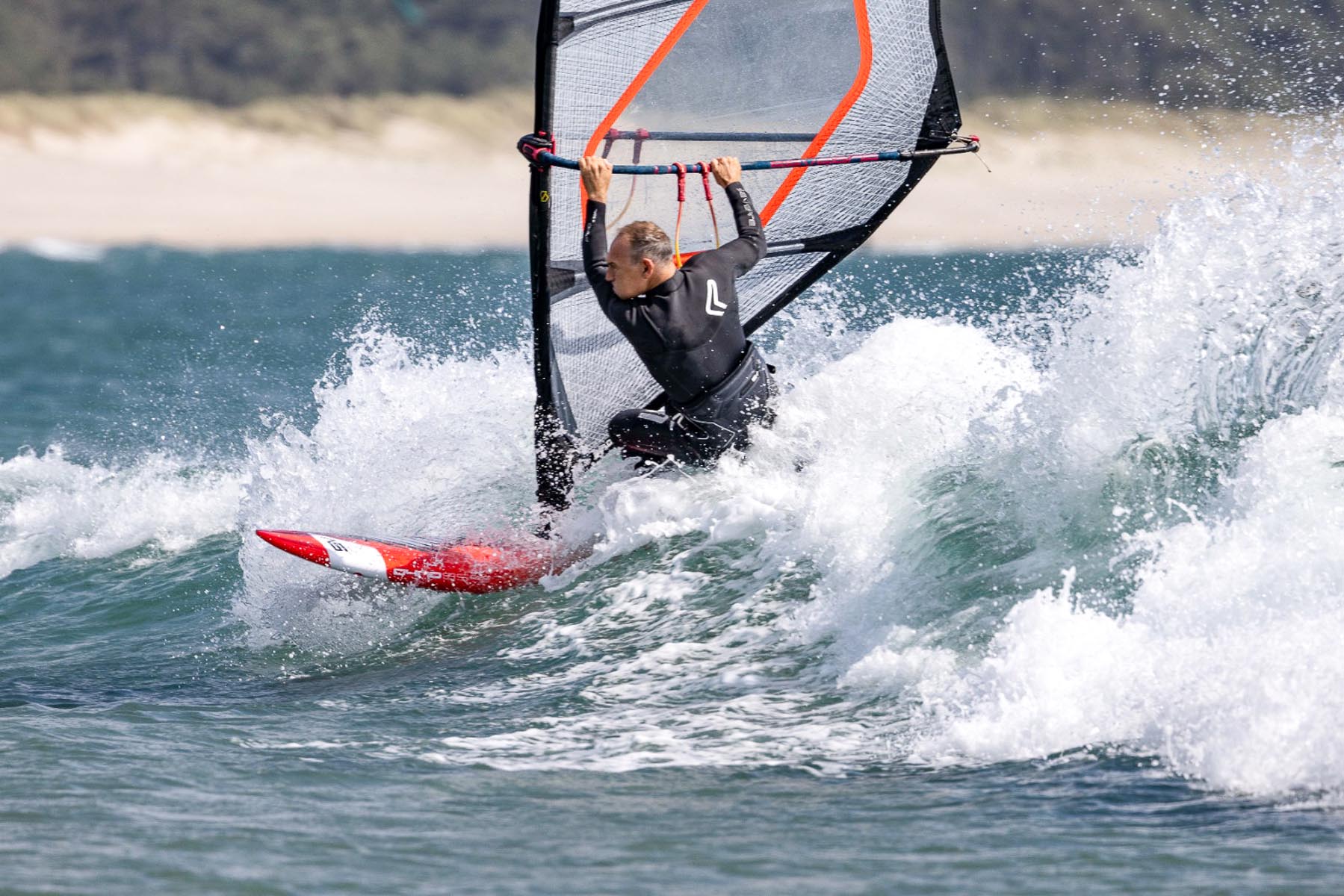
Rider experiences
We continue our Simon Bornhoft Windwise ‘Intro To Wave’ series with some real life learning experiences!
Push it, drive it and accentuate! When conditions are tricky or you’re new to a wave environment, it’s important to stick to a plan and ‘try’ to massively exaggerate everything, no matter what you’re faced with. So, what better than to check out some real examples of our Windwise clients riding the Dyno and putting into practice some of the skills we’ve covered in our recent wave series?
Photography: Windwise / FeelViana / Jerry Collyer
Boards: Dynos 85/95/105L
Sails: Blade/Blade Pro
Locations: FeelViana / Bonaire / Gwithian UK
Simon says
I feel it’s important to show less than perfect conditions, to illustrate that you can develop your wave skills no matter where you sail, be that a perfect wave, rolling swell or broken mushy onshore conditions. As ever, you’ll also discover the true versatility of the Dyno will help you in every situation.
Are you….?
- New to Freewave kit?
- Looking to minimize mistakes?
- Wanting to maximize every wave?
- Looking to improve your board handing?
Then this is for you.
Severne Dyno Kit Set Up For Waves
Board: Severne Dyno
Fins: Tri Fin / Thruster set up for maximum manoeuvrability and grip.
Mast base: Middle to back of track.
Straps: Inboard, forward, and loose!
Boom: Dropped slightly compared to freeriding.
Harness Lines: Marginally longer than Freeride – elbow to blister pads.
Wind: In these photos, the wind is blowing roughly right to left of photos.
The Ride
Catching a wave is very achievable, but remember, ‘riding‘ is not running straight ahead down the swell, it’s about using the power and curved face of the wave to experience the sensation of being able to carve upwind and downwind ‘along the wave’ with control, putting the board where you want it to go, no matter how good the wave might be.
With the help of some real star riders using the user friendly Severne Dyno’s, let’s look at the three key elements of riding a wave. Plus I’ve included some combined feedback from some of our trainees on what made a difference to their experiences in waves.
Back Side Wave Riding (Upwind)
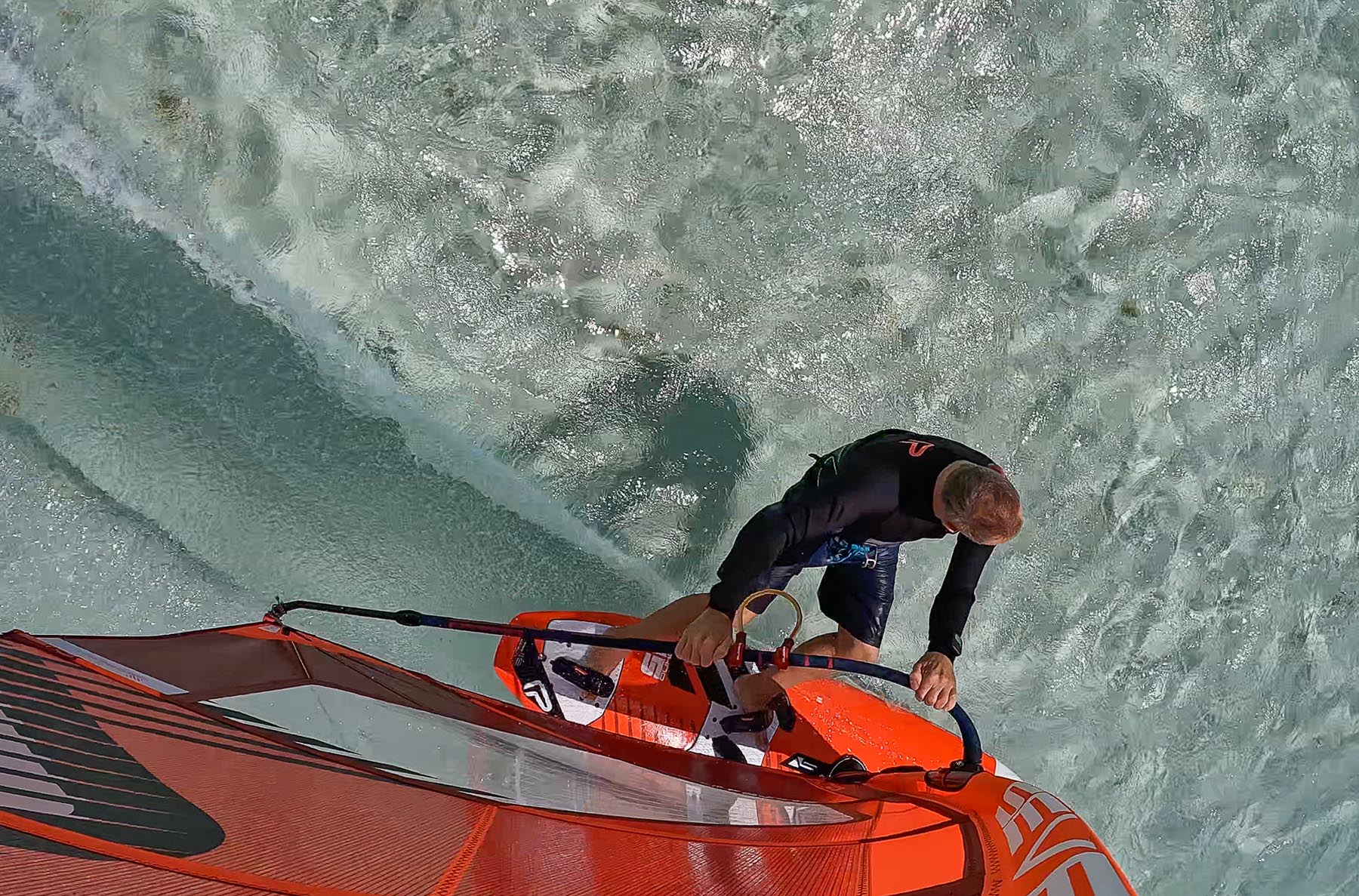
Turning upwind on a wave is called ‘back-side’ wave riding (your ‘back’ to the wave) and it’s the easiest way to run along or ride a wave and very common in onshore conditions. It’s all about looking upwind in Warrior over a heavily flexed knee, chin over the front shoulder, hands up the boom, rig downwind to ‘Oppose’ the forward leaning body. This enables you to carve towards the top of the wave with weight on your heels.
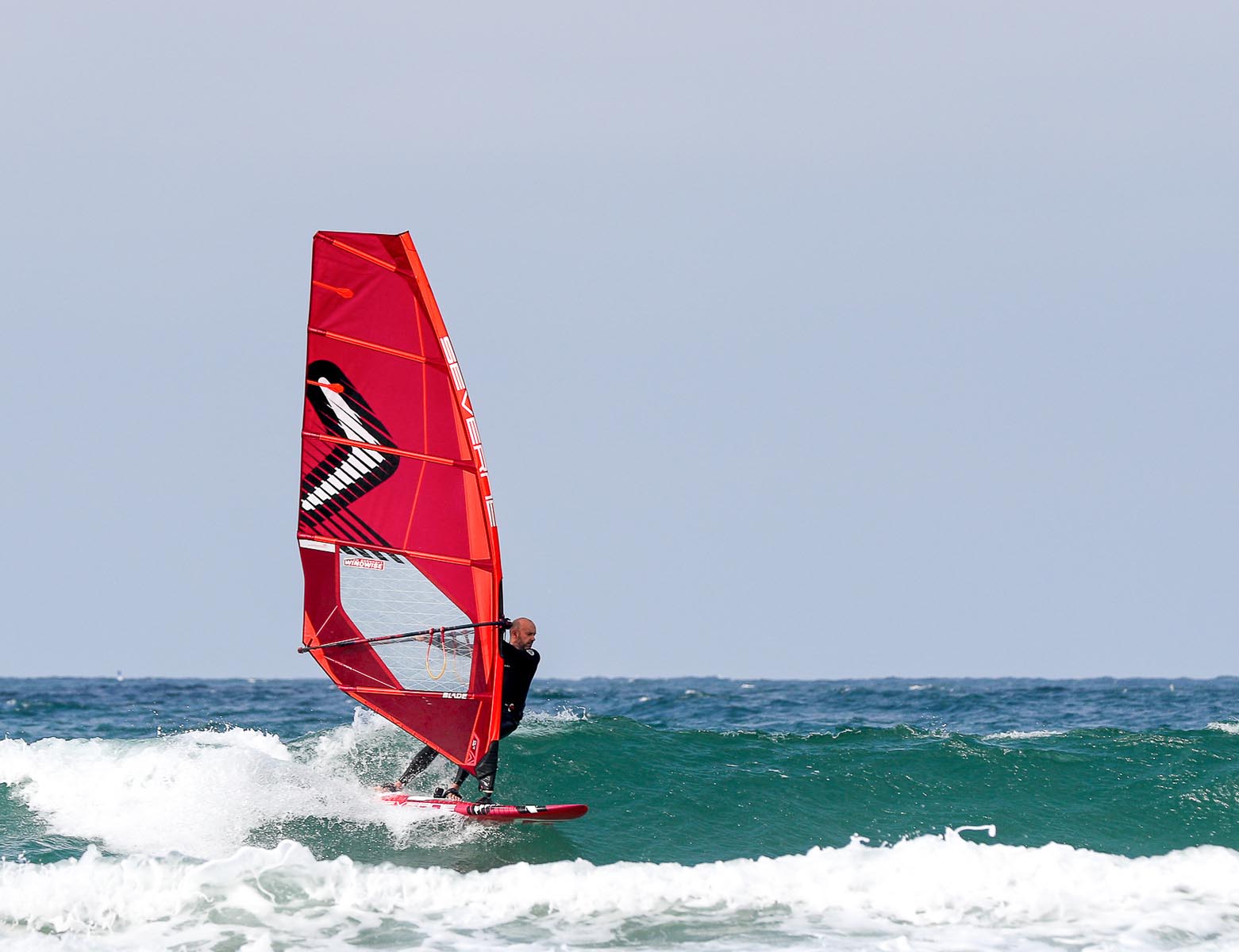
Here’s Jeff Cox giving it a good go.
“Exaggerating looking and leaning forward in Warrior and forcing the rig back made such a difference, you need to really over do it.”
Front Side Wave Riding (Downwind)
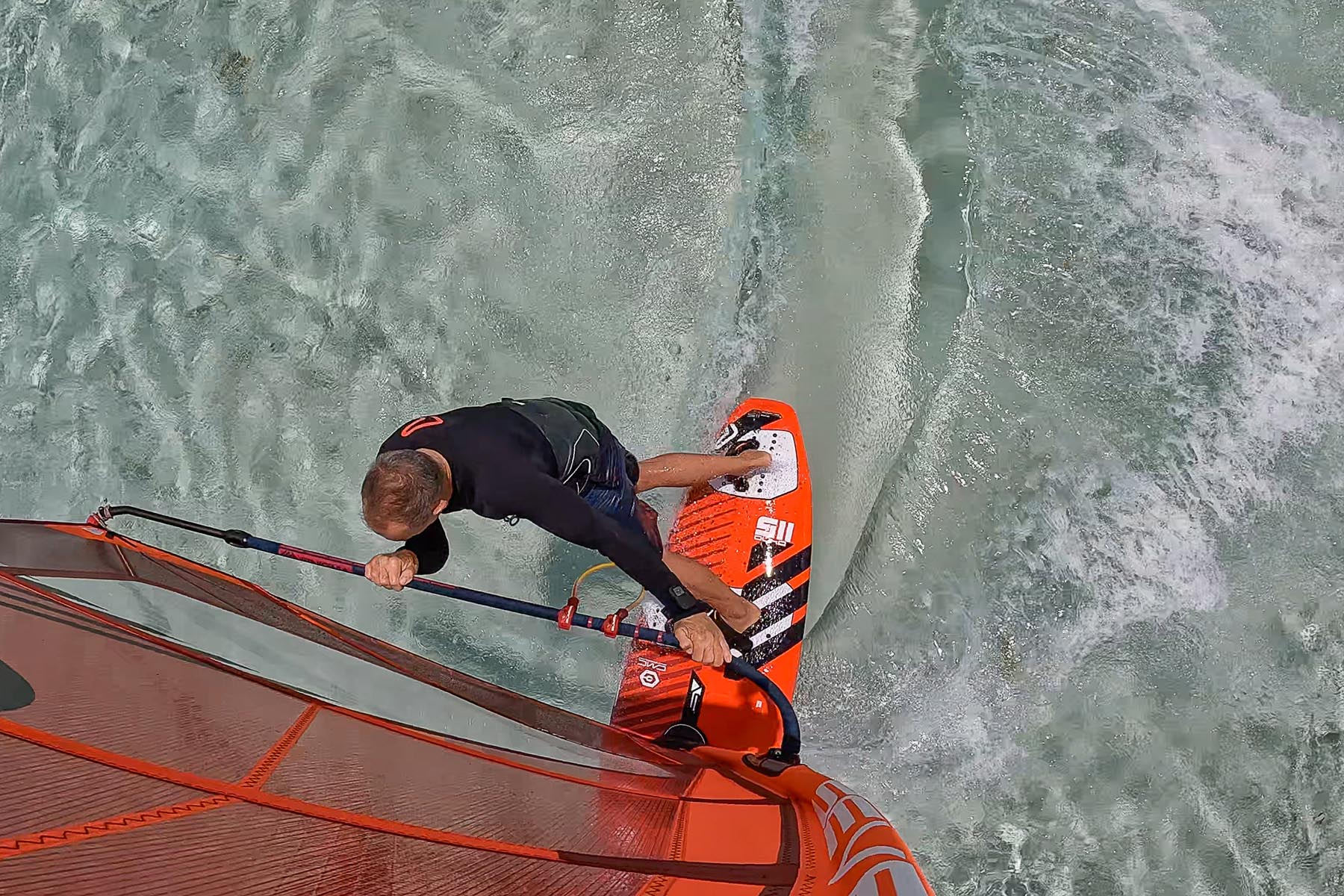
Turning back downwind on a wave is called ‘front-side’ wave riding and is easiest in cross-offshore conditions. It’s very similar to the beginning-middle of a gybe, but it’s hard in onshore conditions. If you’re riding giant waves, you’ll see the Instagram laydown bottom turn. However, on less than perfect waves, work on keeping the rig forward, as you look and lean into and towards the wave in Warrior, pulling the rig across the body until the clew hand is inline with the head. Always try to start this from the top of the wave to help increase your speed as much as possible.
“It feels like going through pretty much a whole gybe but staying in the straps and not rotating the rig, just turning further and further towards the peak of the wave.”
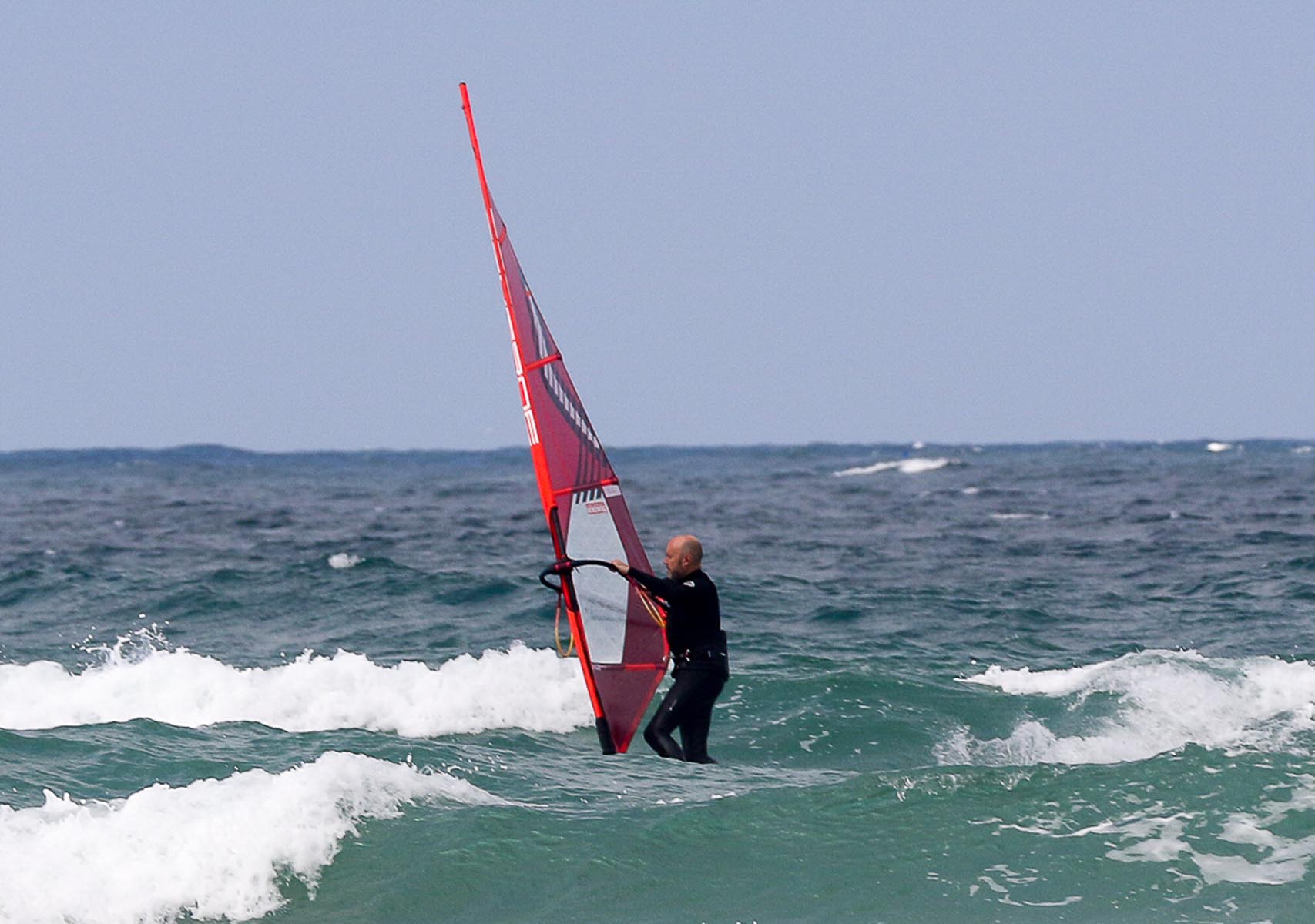
Here’s Jeff Cox starting to develop this key skill, looking and driving towards wave. Yes the wave has broken, but when you’re learning or the conditions aren’t perfect, keep going through the motions. “I see I need to work on flexing the ankles and knees more to help pull down on the boom and really lean more into this section of the turn.”
James Shirley, Jana Rejchrtova & Emma Ray ‘Looking & Leaning’
In onshore conditions, underpowered or small wave situations, it’s hard to get up to the top of the wave, so you need to exaggerate everything.
NB: Use navigation arrows to slide through images.
“Sometimes you end up ‘clew first, switched stance’. The flat-water-wave-riding exercises really helped to climb towards the lip of the wave. Pulling down on the boom prevented losing the clew or being back-winded. Can’t believe how much you have to lean!”
Cut Back / Top Turn
On the top turn, if you’ve carved to the top of the wave, you’ll need to pivot the board extensively, sometimes over 180 degrees. So unless you’re going for a massive floaty aerial, 99% of the time, you need to sheet out completely just before you reach the top of the wave, massively weight your heels, whip your head around and get the body to lead back down the wave. Try to physically pivot the board quickly, directly under the sail.
On a big smooth fast wave, this feels quite natural, but in tricky conditions, it’s easy to be back winded or lose power, so full marks to James & Jana for using their Warrior skills to make good in slow waves and mushy white water.
Check out James Shirley making the most of the white water one handed!
Check out Jana Rejchrtova putting it into practice a smooth turn in some tricky conditions.
Losing It!
Falling off the back of waves is also quite common, especially if the waves are slack. So make sure you keep your body and rig forward if the waves keep passing underneath you. Practicing being in the straps off the plane on flat water, will really help you develop this skill. NB: Use navigation arrows to slide through images.
Simon’s Summary
All these suggestions are based on real life learning experiences of Windwise clients in waves. As you progress, you’ll develop your own tweaks and style, but practicing and exaggerating on flat water will really enhance your wave riding experience.
To help with your preparation and success rate definitely check out our skill enhancing Windwise flat water drills exercises in our ‘How To Prepare For Waves Part 1–2–3.
Vision: Massively exaggerate looking where you want to go – chin over shoulder!
Opposition: Often we lever the rig/mast in the opposite direction to the movement of the body.
Warrior: Exaggerate looking and leaning over a very heavily flexed leading knee – it’s your wave riding DNA!
Windwise Touch Points
Shifting your hands is a vital component of success.
Upwind: Hands move more forward on the boom.
Downwind: Hands spread wider, clew hand pulling in close to your head as if “Talking to a microphone”.
Any Questions?
If you have any questions about your windsurfing or want to let me know how you get on, just email info@windwise.net
2023 Windwise Winds Of The World Tour Dates Many Filling Up!
Tenerife / Bonaire / Alacati / FeelViana / Prasonisi & More!
Improve your windsurfing and try some Severne gear.
Freeride + Freewave + FoilWise
IMPROVE YOUR WINDSURFING HERE! www.windwise.net
Copyright: Simon Bornhoft Windwise 2022
More Dyno guides
Dyno Diaries with Simon Bornhoft – One Board One Year – Multiple Progression
As the year closes in, Simon Bornhoft looks back on his Windwise experiences from 2022 picking out some key tipping points of progression and also demonstrates how the Dyno is one board that you can take everywhere with you.
DYNO BOARD SETUP WITH SIMON BORNHOFT PART 18 – HOW TO PREPARE FOR WAVES PART 3
Have you been inspired by the recent PWA Pozo Wave event? Well, here’s what YOU can do to get yourself into waves. Simon Bornhoft continues his Windwise series on how to fully develop your windsurfing skills, maximize your time on the Severne Dyno and, for this issue, continue your mission in the waves. So whether you’re new to freewave/wave windsurfing or polishing up your existing wave skills, this will give you a focus and purpose for your next sessions.
Dyno board setup with Simon Bornhoft part 17 – How to prepare for waves part 2
Severne Team Rider and International coach Simon Bornhoft continues his Windwise series on how best to develop your windsurfing skills. In this part, Simon goes deeper into how to prepare for your next wave session, even though you might not have access to waves.
DYNO BOARD SETUP WITH SIMON BORNHOFT PART 16 – HOW TO PREPARE FOR WAVES
Severne Team Rider and International coach Simon Bornhoft has helped thousands of recreational sailors to get into or improve their wave sailing skills on his Windwise courses. So if you’re on the cusp of venturing into any wave environment here are some skills that can be learnt on flat water and transferred into the rough stuff. Follow these wise words to increase your enjoyment and success rate in 2022!
Everything you need to know about your harness lines – hang In There Part 3 Wave & Freestyle
Windwise coach and Severne Team Rider, Simon Bornhoft, continues his ‘Hang In There’ harness line series looking at different disciplines and sailing styles. For this issue, we shift the focus and harness line positions for the Freewave, Wave & Freestyle playgrounds. So whether you’re a weekend wave warrior or looking to fine tune like a pro, wise up and read on.
Everything you need to know about your harness lines – Hang In There Part 2 Slalom & Freeride
Windwise coach and Severne Team Rider, Simon Bornhoft, continues his quest to help you get the most out of your precious time on the water and your kit. For this feature we continue our ‘Hang In There’ harness line series, looking at different disciplines and styles in windsurfing and draw on the speedy talents of Team Severne top riders.
DYNO BOARD SETUP WITH SIMON BORNHOFT PART 15 – Going shorter
Whether you’re moving into planing conditions for the first time or moving down in board volume, Simon Bornhoft offers some wise words on how to make smaller beautiful.
Severne introduces HD board construction
Severne introduces HD construction; a value oriented, heavy duty construction of the most popular boards of the range starting with Fox and Dyno.
Dyno board setup with SImon Bornhoft part 14 – carving downwind 360
For this issue, we get into some serious carving with a downwind 360. Just trying them is a great way to improve your gybing ability, board handling and feel that Dyno carving sensation.

